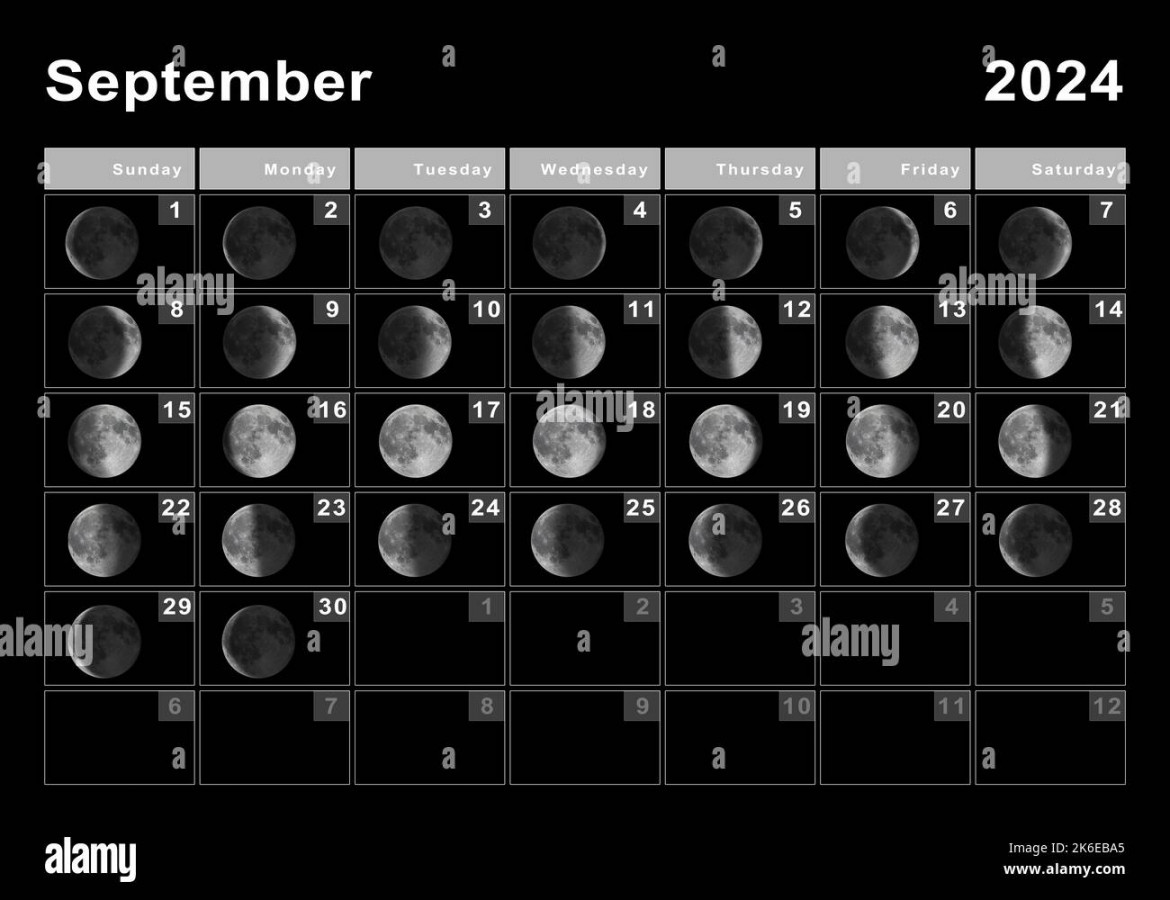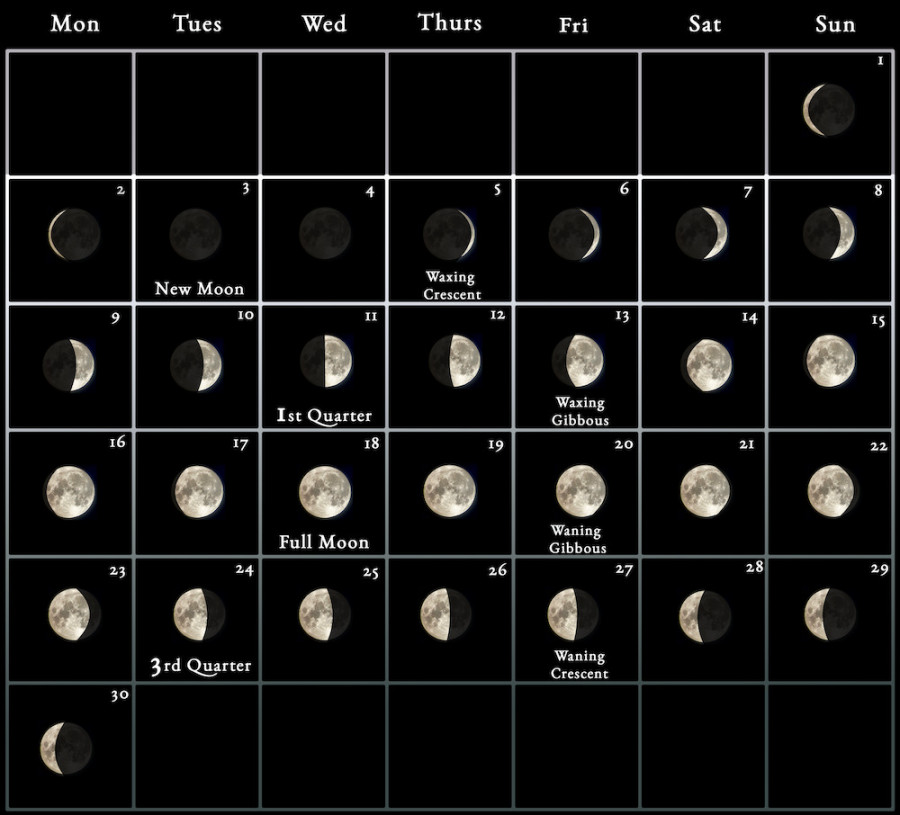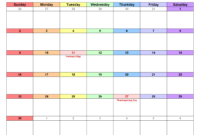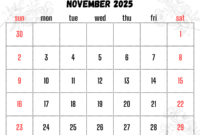Moonlit September: Unveiling the Lunar Landscape of 2024
Gazing at the moon, a celestial beacon in the velvety night, has captivated humanity for millennia. Its rhythmic dance of phases, waxing and waning, has guided travelers, inspired poets, and sparked scientific curiosity. So, as we set our sights on September 2024, let’s delve into the enchanting moon calendar, a roadmap for this celestial spectacle.

Simply put, a moon calendar is a celestial guide detailing the moon’s various phases throughout a specific month. It pinpoints the new moon, crescent moons, gibbous phases, and of course, the majestic full moon, bathing the night in its pearly glow.

September 2024 paints a luminous picture. The month ushers in with a waning crescent moon, a sliver of silver gracing the evening sky. As days progress, it gracefully transforms into a waxing crescent, then a waxing gibbous, growing rounder with each passing night. On September 11th, the first quarter moon emerges, marking the halfway point between new and full moon. Anticipation builds until the 18th, when a spectacular full moon takes center stage, its brilliance illuminating the darkness. Following its peak, the moon transitions through waning gibbous and waning crescent phases, eventually returning to new moon on September 24th, closing the lunar cycle.
The moon has always been woven into the fabric of human cultures. From the harvest moon influencing agricultural practices to the full moon’s purported link to increased tides and animal behavior, our fascination with the moon is undeniable. Science, too, has shed light on our lunar neighbor. We’ve walked its surface, planted flags, and gathered countless insights into its formation and composition.
Whether you’re a seasoned astronomer or a starry-eyed novice, September’s moon calendar offers opportunities for celestial exploration. Here are some tips:
Download a moon calendar app: Track the moon’s phases conveniently on your phone.
The internet brims with resources for moon enthusiasts. Websites like NASA’s Moon Science website, space weather forecast websites, and astronomy blogs offer a wealth of information on lunar phases, moonrise and moonset times, and even meteor showers coinciding with specific moon phases.
September’s moon calendar is an invitation to reconnect with the magic of the night sky. By understanding the moon’s rhythmic dance, we gain a deeper appreciation for our place in the vast cosmic tapestry. So, step outside, raise your eyes to the moon, and let its silvery light guide you on an adventure of celestial wonder.
1. Is there anything special about September’s full moon?
Yes! September’s full moon falls close enough to perigee (the point in its orbit when it’s closest to Earth) to qualify as a “supermoon.” This means it appears slightly larger and brighter than usual.
2. When is the best time to see the moon in September?
The best time to view the moon depends on the phase. For full moons, aim for the middle of the night when it’s highest in the sky. Crescent moons are best observed shortly after sunset or before sunrise.
3. Can I see the moon during the day?
Absolutely! While less noticeable, the moon is visible in the daytime sky, especially during crescent phases. Look for it near the sun.
4. Are there any meteor showers visible in September?
Yes! The Northern Taurid meteor shower and the Aurigid meteor shower peak in September, offering opportunities to spot shooting stars alongside the moonlit sky.
5. What resources can help me track lunar events in the future?
Sky & Telescope magazine, astronomy-focused websites, and astronomy apps like Stellarium or Star Walk 2 provide moon phase calendars, observing tips, and event notifications for stargazers of all levels.
Embrace the September moon calendar, and let the dance of celestial light ignite your curiosity and wonder. Remember, the universe is an open book, and the moon just another chapter waiting to be explored.


